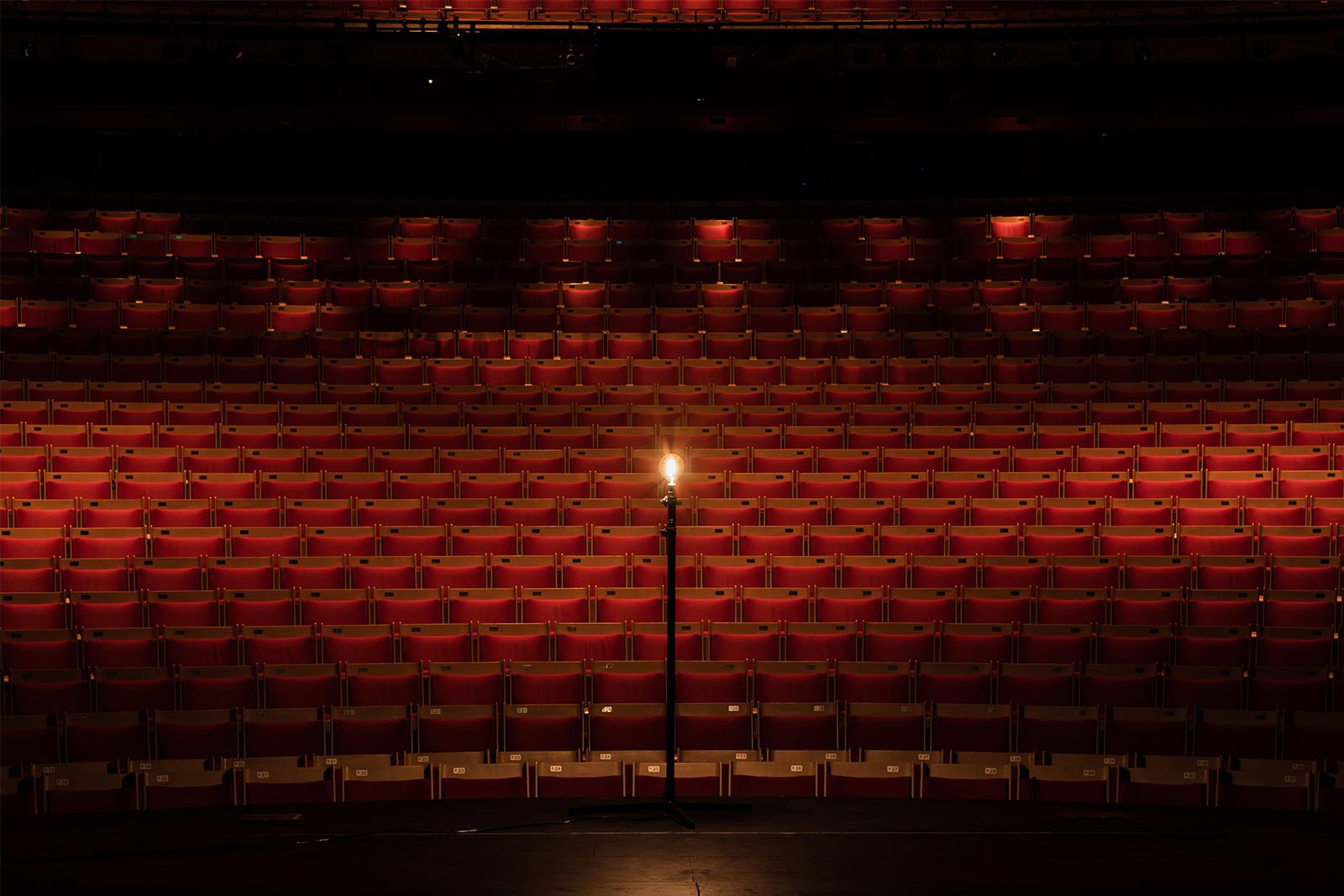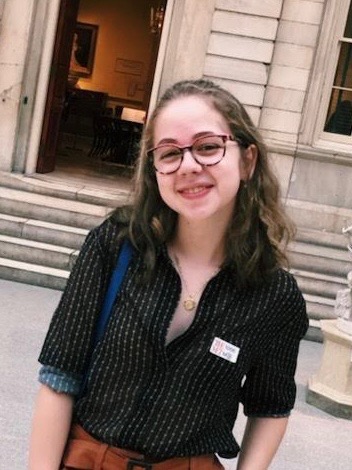Land Acknowledgment
I must begin by acknowledging the land on which I reside. The land on Staten Island was and is home to the Munsee Lenape people of three tribes: Tappans, Hackensacks, and Raritans. [Pronounciations: Munsee Lenape (MUN-see len-NAH-pay), Tappan (TUH-pan), Hackensack (HA-kuhn-sak), Raritan (RARE-it-an) ] This land is also home to the largest known Native American burial ground in the NYC metropolitan area, Burial Ridge. In 1670, the Munsee Lenape people sold Staten Island to governor Francis Lovelace in exchange for goods and money. This sale does not erase the importance of the Indigenous presence on the island, nor does it mean that no Indigenous peoples are left on Staten Island and in the surrounding areas. Many are still living in the area and should be acknowledged and treated with respect. By acknowledging this land, it is my goal to raise awareness and start important conversations in our community about how we can support, honor, and work alongside the Staten Island Indigenous community.
Over the past year, we have all become familiar with the process of streaming theatre and its pros and cons. By now, many in the theatre community seem to have gotten used to this unique way of producing theatre, and both the benefits and restrictions that come along with it.

https://www.onstageblog.com/editorials/streaming-theatre-is-helping-to-fill-the-void
As for commercial theatre, streaming has acted as a supplemental source of revenue in the midst of pandemic closures. Let’s take a look at Hamilton’s success on Disney+. Before the show was even released, the creators of Hamilton were already benefiting from this deal– Disney paid $75 million for rights to the show. Within its first ten days of streaming, 2.7 million households tuned in to watch the production. With the assumption that there are 2.5 people per household, viewers of the production after only 10 days on the platform exceeded the number of people that had ever seen the show live. (That includes a five year, almost sold out Broadway run, three North American national tours, and runs in four other cities.)
So in Hamilton’s case and the case of other commercial productions, there are clear advantages to streaming theatre, mainly the fact that it can reach a wide global audience even after a show closes and therefore be an additional source of revenue. This advantage is a lot to consider, especially in the current world where live theatre is even harder to access than usual.
Perhaps it goes without saying, but the priorities and goals of nonprofit theatre companies such as DSF are different than those of large scale, commercial shows with global fanbases. While there are positives to streaming theatre, is it a way of the future?
Since our festival is also being streamed, DSF has the opportunity to reach people across time zones and geographical barriers. Now that internship participants and artists can participate virtually from any location, DSF is in a unique position with new connections to communities around the world. It would be an interesting thought for companies such as DSF to consider streaming productions even after the pandemic ends, and continue forming relationships with people and artists regardless of geographical location. While streaming theatre does have many restrictions, this is a barrier that is broken down by the virtual atmosphere.
One thing we have been discussing throughout the duration of this internship program is the accessibility of live vs. streamed theatre. It is no question that many live productions leave much to be considered in terms of accessibility. While streaming does offer some capabilities that live theatre lacks, it is not without its own issues and quite far from perfect. Platforms such as Zoom do have some basic features such as closed captioning and automatically generated transcripts, but many fail to provide any more capabilities that would provide assistance to those who need it.

https://www.sydneyoperahouse.com/digital/articles/building/ghost-lights.html
There is a certain essence to live theatre that is simply unattainable any other way. Most of the theatre-related experiences I’ve had are from the audience perspective. My fondest memories are moments when I was made aware of everyone sitting around me; moments when suddenly you remember you’re in a room with hundreds of other people and you’re all being affected somehow by the art you were witnessing. Sometimes, we would interact with each other in the audience after the show and bond over the experience we just shared. That is one of the most beautiful things about theatre; it helps people find common ground with each other. This sensation is almost impossible to replicate in an online setting, where viewers are watching a livestream and lack the experience of that communal setting and energy. Through the course of this program so far, we have been discussing this issue and brainstorming ways to work through this barrier and engage our audiences and the communities that they inhabit. I am confident we will achieve a level of engagement, but it is definitely a big consideration and challenge to work through.
As we move into a post-pandemic world, there is much to be considered regarding what theatre will continue to look like. Live theatre is already starting to come back, and it still will eventually come back fully. Streaming will probably not become the way of the future, but if it’s done right, it can continue to be a unique way of producing theatre.

Leila Pollio
she/her/hers
DSF Digital Internship Participant
Pace University
BA in Arts & Entertainment Management, Class of 2022
Sources: